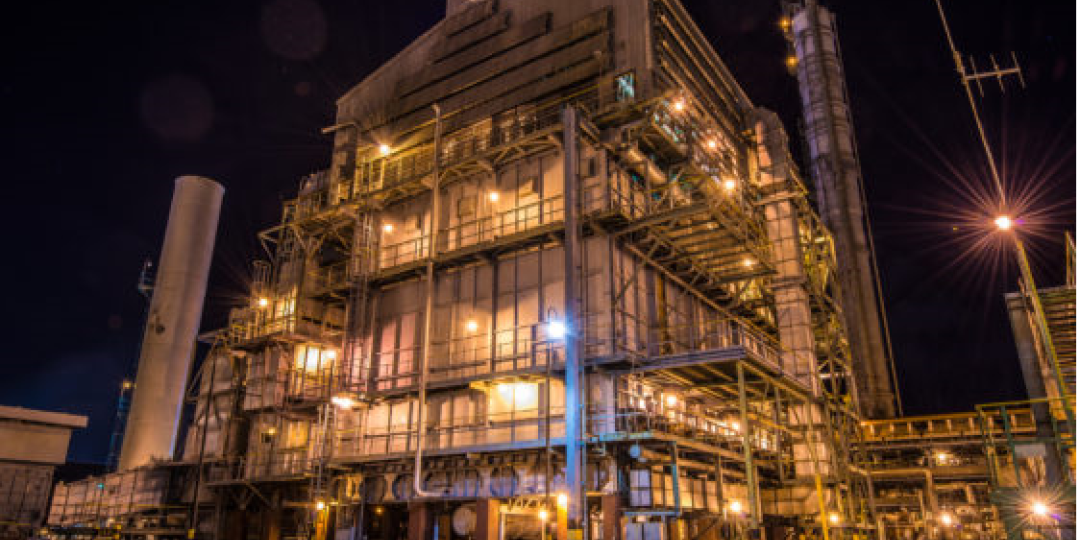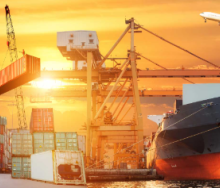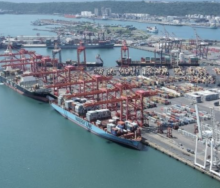In a move to increase their presence in the global bunker market, methanol suppliers have opened the door to an alternative fuel source for the shipping industry, with increased emission regulations set to hit the industry on January 1 when the IMO’s 0.5Y sulphur restriction takes effect.
Speaking at the European Methanol Summit in Dusseldorf last week, Hanna Sukhu-Maharaj, commercial manager of Trinidad-based methanol supplier MHTL, said methanol could be a viable substitute for conventional bunker fuels in the future.
She said although the growth in methanol demand will most likely be depressed because of a sluggish global economy, the medium to longer term prospects of substitutes for conventional bunker fuel bodes very well.
Carbon emissions have been a major talking point in the shipping industry over the past year as shipping lines endured a massive hike in costs due to the carbon tax, with further regulations pushing companies to explore alternative fuel sources such as methanol to help facilitate the 300 million metric ton annual global bunker market. – Bjorn Vorster.
Methanol produces negligible sulphur, nitrogen and particulate matter emissions when burned, as well as having reduced carbon dioxide emissions compared to conventional bunker fuels according to a report by S&P Global Platts. – Bjorn Vorster













